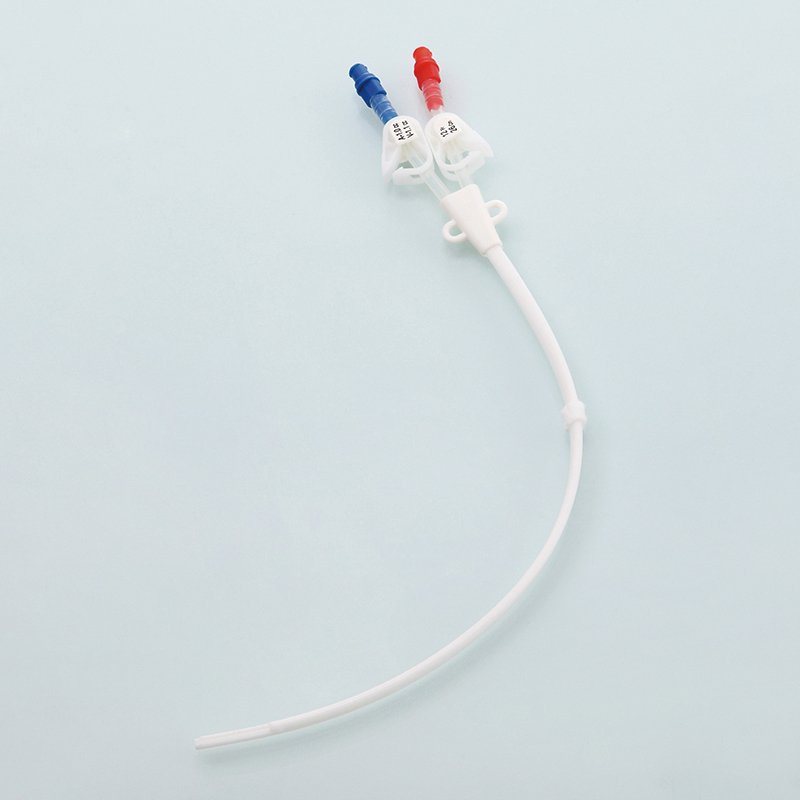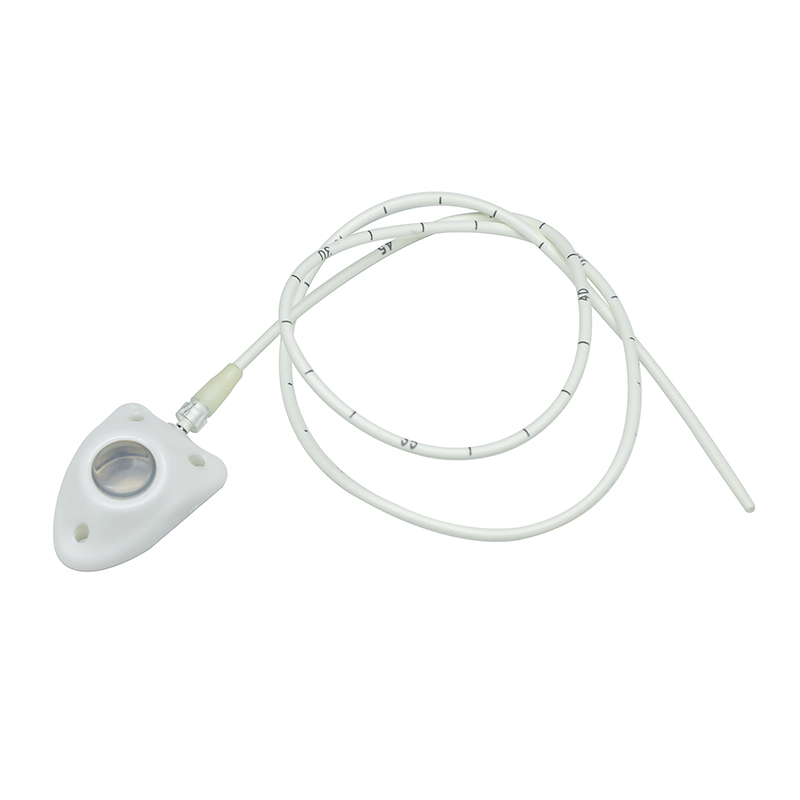Cancer treatment often requires long-term venous access for chemotherapy, nutrition, or medication infusion. The two most common vascular access devices used for these purposes are the Peripherally Inserted Central Catheter (PICC line) and the Implantable Port (also known as a chemo port or port-a-cath).
Both serve the same function — providing a reliable route for medication into the bloodstream — but they differ greatly in terms of duration, comfort, maintenance, and risk. Understanding these differences helps patients and healthcare providers choose the most suitable option.
What Are PICCs and Implantable Ports? Which One Is Better?
A PICC line is a long, flexible catheter inserted through a vein in the upper arm and advanced toward a large vein near the heart. It provides direct access to the central circulation and is partially external, with a visible segment of tubing outside the skin. PICC lines are commonly used for short- to medium-term treatments, such as antibiotics, IV nutrition, or chemotherapy lasting several weeks to a few months.

An implantable port is a small medical device placed entirely under the skin, usually in the upper chest. It consists of a reservoir (the port) connected to a catheter that enters a central vein. The port is accessed with a Huber needle when needed for medication or blood draws and remains closed and invisible under the skin when not in use.
When comparing implantable port vs PICC line, the PICC line offers easier placement and removal for short-term therapy, while the implantable port provides better comfort, lower infection risk, and long-term durability for ongoing treatments like chemotherapy.
7 Main Factors for Choosing Implantable Port vs PICC Line
1. Duration of Access: Short-Term, Medium-Term, Long-Term
The expected treatment duration is the first factor to consider.
PICC Line: Ideal for short- to medium-term access, usually up to six months. It’s simple to insert, requires no surgery, and can be removed at the bedside.
Implantable Port: Best for long-term therapy, lasting months or years. It can remain implanted safely for extended periods, making it suitable for patients undergoing repeated chemotherapy cycles or long-term medication infusions.
In general, if treatment is expected to last longer than six months, an implantable port is the better choice.
2. Daily Maintenance
Maintenance requirements differ significantly between these two vascular access devices.
PICC Line:Requires regular flushing and dressing changes, usually once a week. Because it has an external portion, patients must keep the site dry and protected to avoid infection.
Implantable Port:Needs minimal maintenance once the incision heals. When not in use, it only requires flushing every 4–6 weeks. Since it’s fully implanted under the skin, patients have fewer daily restrictions.
For patients seeking convenience and lower maintenance, the implantable port is clearly superior.
3. Lifestyle and Comfort
Lifestyle impact is another key consideration when choosing between a PICC access device and an implantable port.
PICC Line: The external tubing can limit activities such as swimming, bathing, or sports. Some patients find it uncomfortable or self-conscious due to visibility and dressing requirements.
Implantable Port: Offers greater comfort and freedom. Once healed, it’s completely invisible and doesn’t interfere with most daily activities. Patients can shower, swim, and exercise without worrying about the device.
For patients who value comfort and an active lifestyle, the implantable port offers a clear advantage.
4. Infection Risk
Because both devices provide direct access to the bloodstream, infection control is critical.
PICC Line: Carries a higher risk of infection, especially if used for extended periods. The external part can introduce bacteria into the bloodstream.
Implantable Port:Has a lower infection risk because it’s completely covered by skin, offering a natural protective barrier. Clinical studies have shown that ports have significantly fewer catheter-related bloodstream infections than PICCs.
For long-term use, the implantable port is considered the safer choice.
5. Cost and Insurance
Cost considerations include both initial placement and long-term maintenance.
PICC Line: Generally cheaper to insert since it doesn’t require surgery. However, ongoing maintenance costs — including dressing changes, clinic visits, and supply replacements — can increase over time.
Implantable Port: Has a higher upfront cost because it requires minor surgical implantation, but it is more cost-effective for long-term treatments due to reduced maintenance needs.
Most insurance plans cover both devices as part of medical device expenses for chemotherapy or IV therapy. The total cost-effectiveness depends on how long the device will be needed.
6. Number of Lumens
The number of lumens determines how many medications or fluids can be delivered simultaneously.
PICC Lines: Available in single, double, or triple-lumen options. Multi-lumen PICCs are ideal for patients who need multiple infusions or frequent blood draws.
Implantable Ports: Usually single-lumen, though dual-lumen ports are available for complex chemotherapy regimens.
If a patient requires multiple drug infusions at the same time, a multi-lumen PICC may be preferable. For standard chemotherapy, a single-lumen implantable port is typically sufficient.
7. Catheter Diameter
The catheter diameter affects the speed of fluid infusion and patient comfort.
PICC Lines: Typically have a larger external diameter, which can sometimes cause vein irritation or limit blood flow if used for long periods.
Implantable Ports:Use a smaller and smoother catheter, which is less irritating to the vein and allows for more comfortable long-term use.
For patients with smaller veins or those requiring prolonged therapy, the implantable port tends to be more compatible and less intrusive.
Conclusion
Choosing between a PICC line and an implantable port depends on several clinical and personal factors — treatment duration, maintenance, comfort, infection risk, cost, and medical requirements.
A PICC line is best for short- or medium-term therapy, offering easy placement and lower upfront cost.
An implantable port is better for long-term chemotherapy or frequent vascular access, offering superior comfort, minimal maintenance, and fewer complications.
Both are essential vascular access devices that improve the quality of patient care. The final choice should be made in consultation with healthcare professionals, ensuring the device matches both medical needs and patient lifestyle.
Post time: Oct-09-2025








